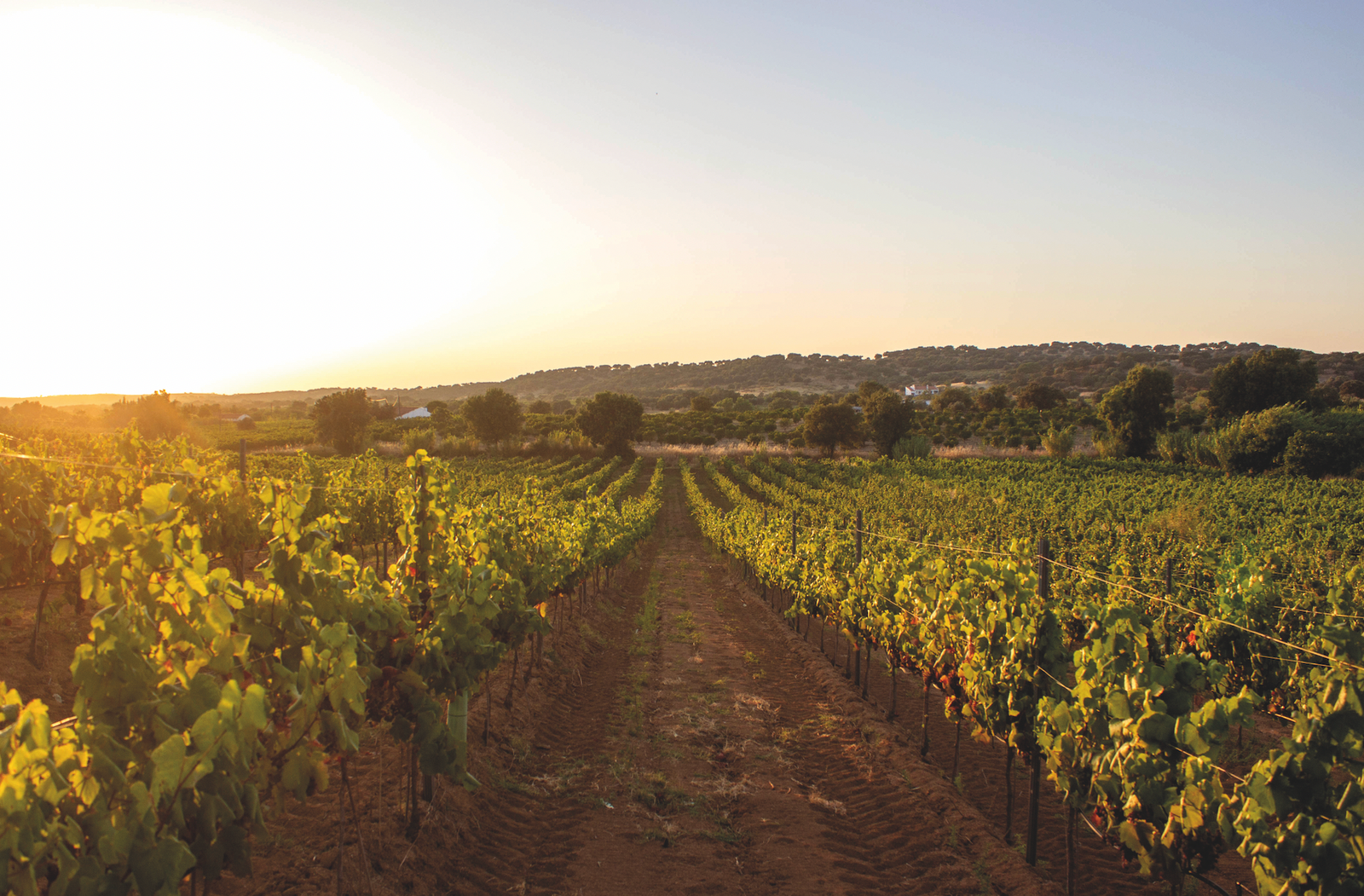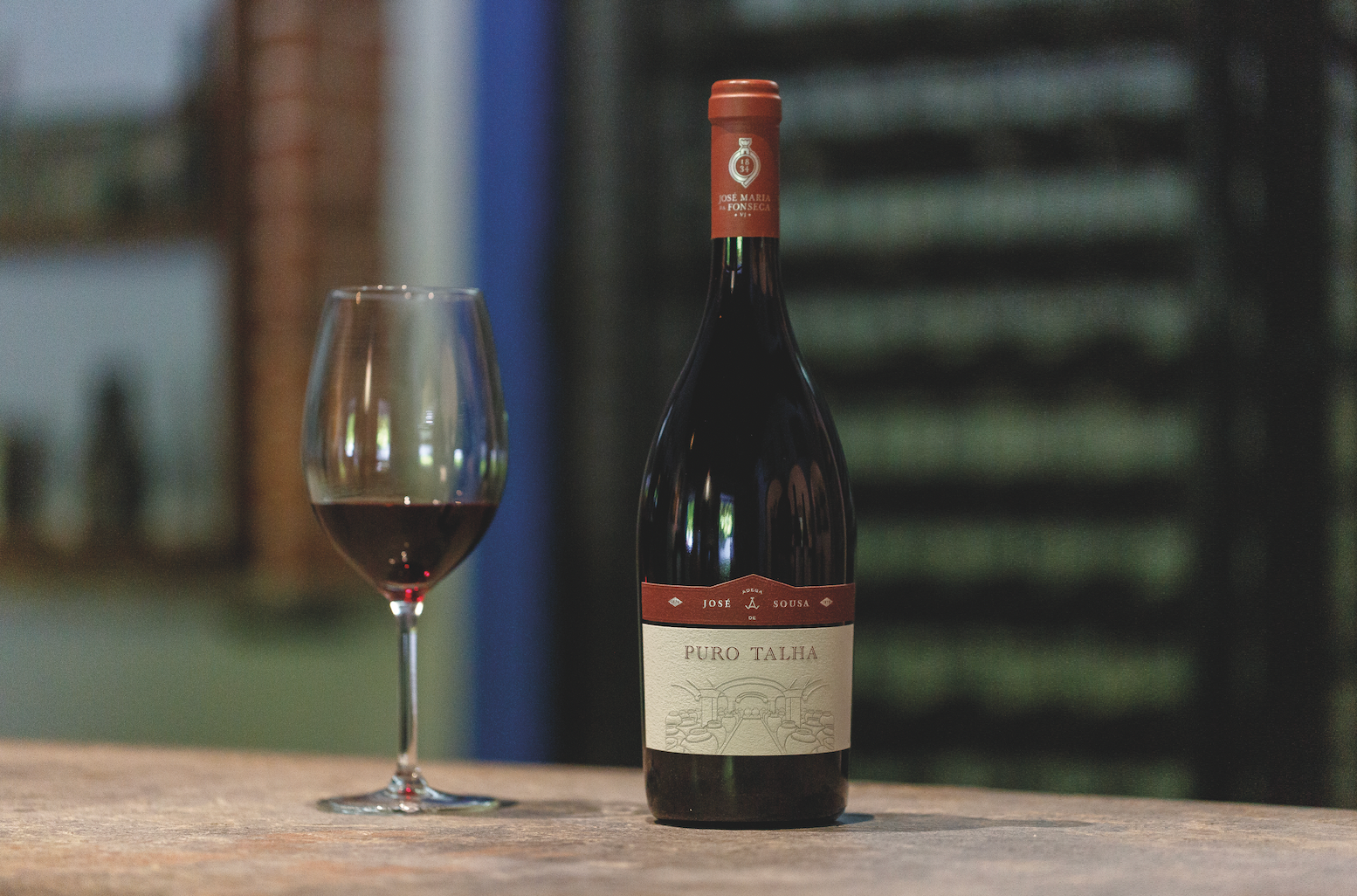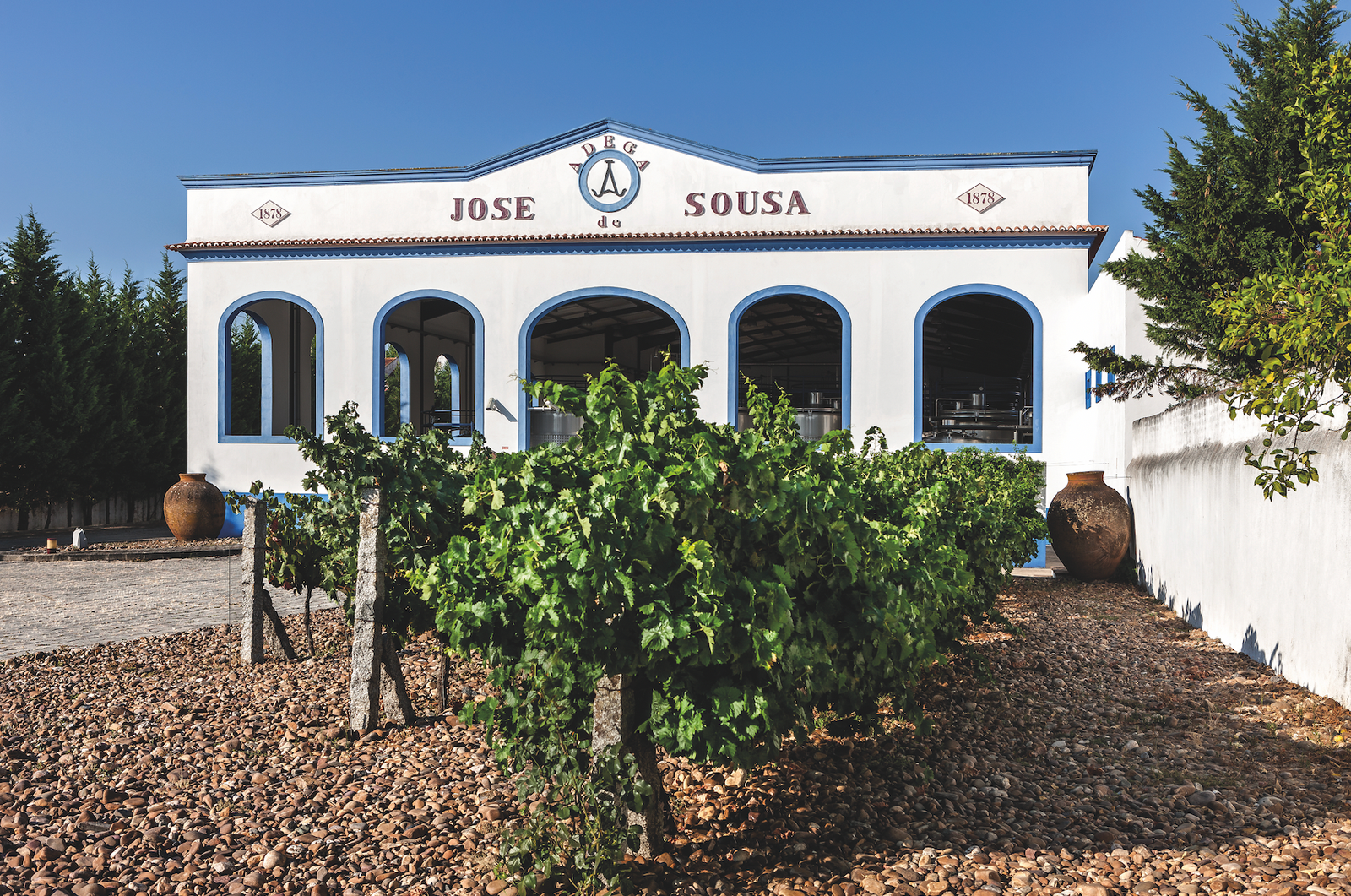Vinho de Talha: Nectar of the Gods
Tania Braukamper meets the winemakers of Portugal proving why the rich, complex flavours of Vinho de Talha continue to stand the test of time

Remnants of the Roman Empire are scattered right across Portugal’s Alentejo region. If you were to follow the trail, it might take you through the ancient town of Miróbriga, with its arched Roman bridge, two bathhouses and 1200-foot hippodrome, to the Vila of Pisões, notable for its intricate mosaics. And then undoubtedly on to Evora, where you would stand beneath the 14 marble columns of the Templo Romano, the most well-preserved Roman building in the country.
These vestiges from the past affirm the strength of Rome’s presence in Portugal during its occupation, which lasted from the 3rd century BC to the 4th century AD. But beyond the stone ruins and roads and aqueducts that make tangible the history of the region, Rome’s great empire also imparted a cultural heritage – one that has been embraced with new fervour in recent years. It’s here that the ancient craft of producing wine in giant clay amphorae – or talha, as the Portuguese call them – is being revived.

Tasting the past
The technique of making wine in clay pots is truly ancient, originating in Georgia some 6,000 years ago. In Alentejo, the practice started 2,000 years ago, if not earlier. While other techniques eventually took over in this thriving wine region, a small number of producers and local families kept the tradition alive. And, in recent years, interest in it has grown, with demand for Portuguese Vinho de Talha rising steadily.
Perhaps that’s because these wines are more than just a drink – they are a connection to the past, allowing us to experience flavours and techniques that have been preserved through centuries.
So, if sipping a highly unique, artisanal wine that’s steeped in tradition appeals to you, it’s time to get acquainted with this bridge to Roman times.

The magic of clay
As a material for ageing wine, clay sits in a middle ground between oak barrels and stainless-steel tanks. Its porous nature permits a gentle introduction of oxygen, similar to oak, which enhances the wine’s texture, giving it a deep and rich complexity. However, unlike oak, clay is a neutral material that does not impart any additional flavours to the wine. This allows the true essence of the grapes to shine through, resulting in a purer expression of the terroir.
While it may be remarkably low-tech, the process of making Vinho de Talha is nothing short of magical: “The fermentation happens spontaneously in the clay pot, and the fact that each amphora was made by hand means that each batch is unique. It’s like magic – you never know what will happen. The final taste comes from this unpredictable mix of the terroir, the grapes and the amphora you use – these three variables work together in a mysterious way to produce this singular product,” says Ruben Honrado of Honrado Vineyards, a father- and-son project in the town of Vila de Frades.

A time-honoured process
The process of making Vinho de Talha begins with the selection of high-quality grapes, typically indigenous to the Alentejo region. From there, each producer varies slightly in their process. At José de Sousa, an estate in the small town of Reguengos de Monsaraz owned by José Maria de Fonseca, the journey begins with hand-harvesting the grapes, which are then slightly foot-crushed and destemmed by hand at a traditional ‘ripanço table’. Then, it’s fermentation time. The grapes enter the large clay talhas, which have a capacity of around 1,600 litres, along with about 30% of the stems. Four times a day, the talhas are sprayed with water to maintain their temperature.
Once fermentation is complete (which takes about eight days), part of the wine is pressed and returned to the talhas for aging – a process that can last up to 16 months, depending on the harvest quality. If you were to peek inside, you would notice a thick layer of high- quality olive oil floating on top, preventing oxidation.
The remaining 70% of the stems are fermented with some juice in smaller, 300-litre talhas, creating what’s known as ripanço wine. This is later used in the final blend as a seasoning element – ‘the salt and pepper’ that refines the wine’s flavour profile.

“Talha wines are in contact with the clay from the talhas during fermentation and ageing, which gives them earth-like characteristics, freshness (which in the Alentejo is so important) and some spiciness,” says António Maria Soares Franco, Co-CEO of José Maria da Fonseca. “Given that there is a micro contact with oxygen, the wines are already more developed when they are young. The end result is a wine that is different in style and that enriches our portfolio.”
In the cellar of Honrado, the talhas are stirred 2-3 times daily using a large wooden paddle, a labour- intensive process designed to break up the solid cap formed by the fermenting wine. This stirring extracts organoleptic characteristics from the wine masses, enhancing its flavours and aromas, while also allowing gases to escape and enabling the must (young wine) to breathe, effectively controlling the pressure and temperature within the talha during fermentation.
The results of this millennia-old manual process are enjoyed on the 11th of November each year, when, after an almost surgical process by the hands of the experienced winemakers, the wine finally flows from amphora to cup. The date is far from arbitrary: it’s St. Martins Day, the day of the harvest, when Portuguese all around the country light bonfires, feast on roasted chestnuts, and sip the first wines of the season. This ritual is particularly apt for Vinho de Talha, considering that the day honours Martin of Tours – a 4th-century Roman soldier.

Heavenly pairings
Though Vinho de Talha has garnered some attention of late, Ruben points out that it’s not really a product for the masses – it’s for wine lovers who really want to travel with their tastebuds and venture deep into the history of wine. Still, he says, Talha wine “is usually a very gastronomical type of wine. And luckily enough, Alentejo has one of the most rich gastronomies of Portugal, so the wine pairings are almost unlimited.”
Visitors to the Honrado Vineyards can stop to enjoy a traditional, cooked meal at O País das Uvas, the winery’s amphora-lined restaurant. “Some of our favourite combinations are our Talha Red with black pork cheeks and our Talha Premium White with beans and thistle stew,” says Ruben Honrado.
If you want to witness the production of the wines first-hand, both wineries mentioned here would be happy to oblige. Honrado welcomes guests to its winery-museum, Cella Vinaria Antiqua, and José Maria da Fonseca offers a range of enotourism experiences where you can witness the merging of past and present, innovation and tradition, in the cellars where the “nectar of the gods” is made.

Preserving tradition
While only a handful of Alentejo producers are bringing Talha wines to the world, those few have made it a true labour of love and a legacy that spans generations. For the Honrado family, Talha winemaking is in the blood. Ruben learned from his father, who learned from his grandfather, and it’s a tradition he intends to keep alive.
“Vila de Frades is a very small village in the middle of Alentejo, but it has this enormous cultural weight associated with Vinho de Talha,” he says. “I grew up in the middle of this artisanal wine production, and I believe that the upcoming generations shall have the same opportunity because this ancient tradition is what makes us special.”
For Ruben, preserving this tradition is not just about making wine; it’s about honouring his heritage and sharing a piece of history with the world. “Amongst so many wine regions with so many wine concepts around the world, this is a history that takes us back to the origin of wine,” he says. “And for that, it should never be forgotten.”
Further information – jmf.pt | honrado.pt
